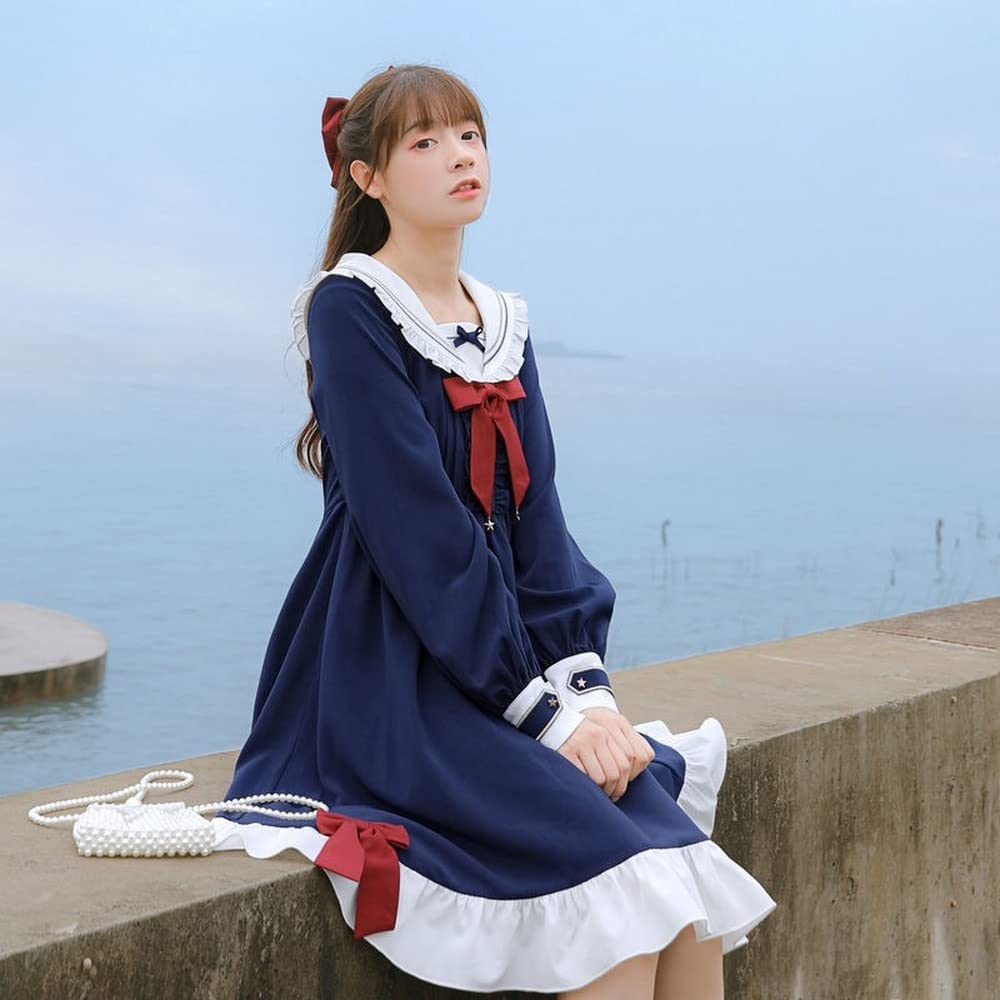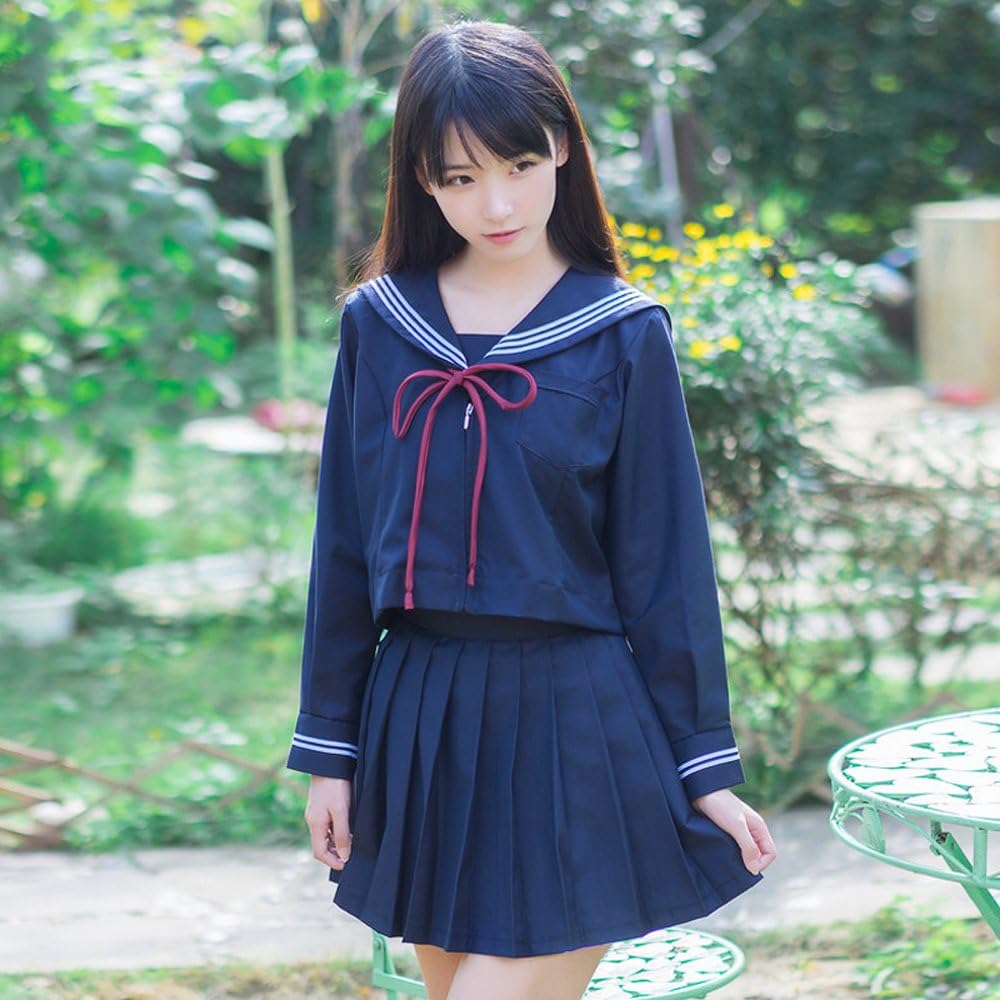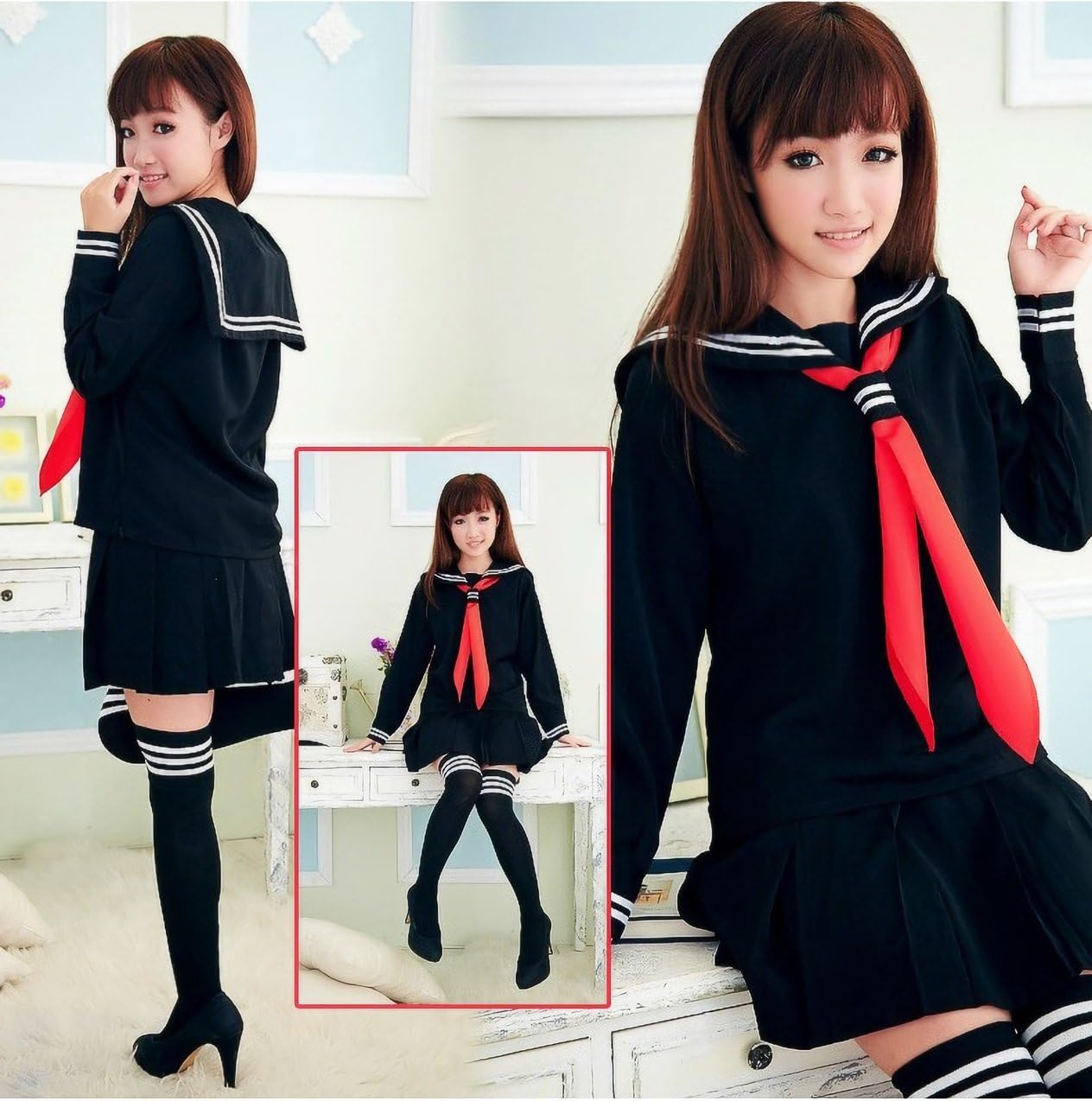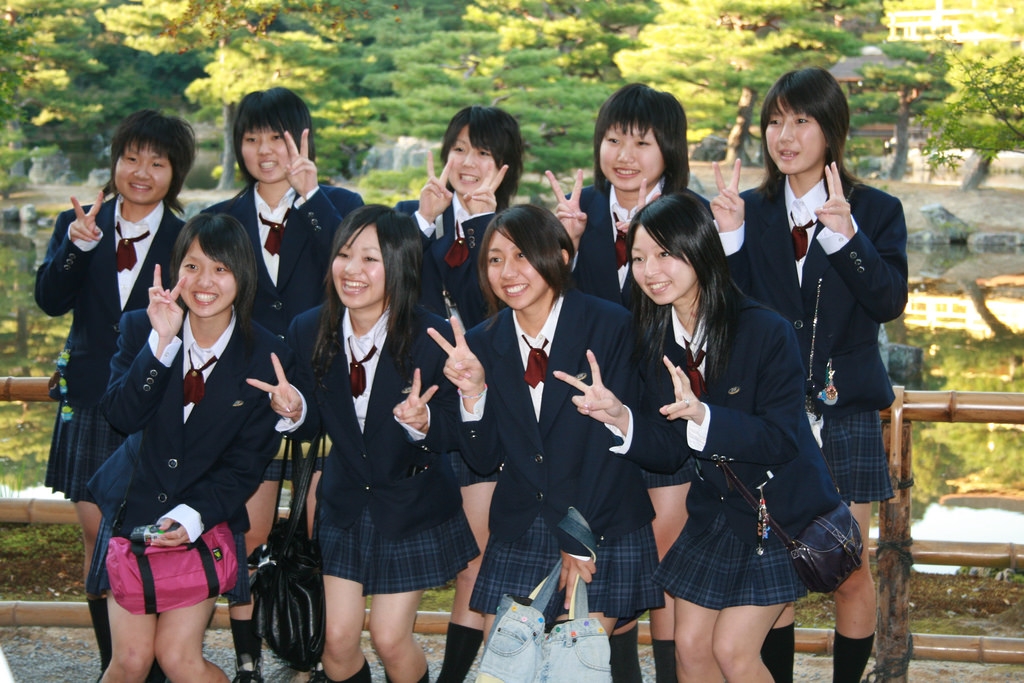Introduction
Japanese school uniforms, iconic symbols of discipline and unity, have transcended their functional origins to become a significant aspect of Japanese pop culture and fashion. Rooted deeply in tradition yet continually evolving with modern trends, these uniforms encapsulate the harmonious blend of Japan’s respect for heritage and its receptiveness to change. This article explores the historical origins, cultural significance, and contemporary adaptations of Japanese school uniforms, showcasing their journey from strict dress codes to global fashion inspirations.

Historical Origins
The history of Japanese school uniforms dates back to the late 19th century, during the Meiji period (1868-1912), when Japan underwent rapid modernization and westernization. Influenced by European naval and military attire, the first Japanese school uniforms were modeled after British-style sailor suits for girls and Prussian-style military uniforms for boys. These early uniforms aimed to instill discipline, uniformity, and a sense of national pride among students.
Sailor Suits ( Seeraa-fuku) and Gakuran
Sailor suits for girls, characterized by a white blouse with a high collar, a navy-blue pleated skirt, and a distinctive neckerchief resembling a sailor’s scarf, became a staple. The gakuran for boys, a dark button-down jacket with a stand-up collar and matching trousers, symbolized order and formality. Both uniforms carried a militaristic undertone reflective of the period’s values.
Cultural Significance
Beyond their practical purpose, Japanese school uniforms have come to embody cultural values such as teamwork, obedience, and conformity. They serve as visual representations of school identity and foster a sense of belonging among students. Uniforms also play a crucial role in reducing social disparities, ensuring that all students, regardless of economic background, present a united front.
Influence on Pop Culture
Japanese school uniforms have gained international recognition through popular media, particularly anime, manga, and J-pop culture. Characters adorned in these uniforms have become ambassadors of ‘kawaii’ (cuteness) culture, inspiring global fashion trends. The association with youthfulness and innocence has led to their adoption in various subcultures, including cosplay and Lolita fashion.
Contemporary Adaptations
As Japanese society evolves, so too do its school uniforms. Many schools have adopted more comfortable and practical designs, incorporating elements of streetwear and casual fashion. Variations include blazers paired with trousers or skirts, cardigans, and even more relaxed cuts to accommodate diverse body types and personal preferences. Additionally, some schools now offer choices between traditional uniforms and more modern alternatives, reflecting a shift towards individual expression within a structured system.
Fashion Fusion
Japanese designers have capitalized on the global fascination with school uniforms, integrating elements into high fashion collections. Brands like COMME des GARÇONS and Issey Miyake have reinterpreted the classic designs, blending them with avant-garde aesthetics. This fusion not only elevates the status of school uniforms but also positions them as symbols of cultural pride and innovation.

Global Impact and Cultural Exchange
The influence of Japanese school uniforms extends beyond their home country, impacting global fashion trends and cultural perceptions. As Japan’s pop culture exports, such as anime and manga, gain worldwide popularity, images of students in crisp uniforms permeate international media. This exposure has piqued the interest of fashion enthusiasts worldwide, leading to the incorporation of Japanese school uniform elements into global fashion scenes.
Adoption and Adaptation Abroad
In certain countries, particularly those with a strong affinity for Japanese culture, local schools have even adopted versions of Japanese school uniforms. This phenomenon underscores the global appeal of these uniforms and their symbolic value of discipline, unity, and style. These adaptations often incorporate local preferences and climates, creating a fusion of Japanese and local cultural elements.
Gender-Inclusive Uniform Policies
In recent years, Japanese schools have taken steps towards inclusivity by revising uniform policies to accommodate gender diversity. Some institutions now offer gender-neutral options or allow students to choose between traditionally gendered uniforms based on personal preference. This progressive move reflects a broader societal shift towards recognizing and respecting individual identities, further enriching the cultural narrative surrounding school uniforms.
Environmental and Sustainable Considerations
With growing awareness of environmental issues, sustainability has become a consideration in the design and production of Japanese school uniforms. Eco-friendly materials, such as recycled polyester and organic cotton, are being used to reduce the environmental footprint. Moreover, initiatives encouraging the reuse and recycling of uniforms aim to promote a circular economy within the education sector.
Uniforms as a Reflection of Social Change
The evolution of Japanese school uniforms also serves as a barometer for broader social changes. Shifts towards comfort, individuality, and inclusivity in uniform designs echo the values that contemporary Japanese society prioritizes. They demonstrate a move away from rigid conformity towards a more nuanced understanding of collectivism that embraces diversity within unity.

Global Impact and Cultural Exchange
The influence of Japanese school uniforms extends beyond their home country, impacting global fashion trends and cultural perceptions. As Japan’s pop culture products, such as anime and manga, gained worldwide popularity, images of students in crisp uniforms permeated international markets. This exposure sparked curiosity and admiration, leading to a global embrace of the style.
Adoption and Adaptation Abroad
Inspired by their unique charm and symbolic meaning, schools in other countries have started to adopt versions of Japanese school uniforms. In some Western schools, introducing these uniforms is seen as a way to promote discipline, unity, and a sense of pride among students. Additionally, it serves as an opportunity to celebrate cultural diversity and foster international understanding.
Moreover, the fashion industry worldwide has taken cues from Japanese uniforms, integrating key elements like pleated skirts, blazers, and knee-high socks into mainstream fashion. High street brands often feature collections inspired by the aesthetic, attracting consumers who seek a touch of the ‘cool Japan’ factor in their wardrobe.
Gender Neutrality and Inclusivity
In recent years, discussions around gender neutrality and inclusivity have influenced the design and policies surrounding Japanese school uniforms. Traditionally rigid gender roles in uniform styles are gradually being challenged, with schools allowing for more flexibility and choice. Some institutions have introduced unisex uniforms or given students the option to choose between traditionally ‘male’ or ‘female’ styles, regardless of their gender identity. This move not only accommodates a wider range of students but also promotes a more accepting and progressive educational environment.
Sustainability and Functionality
Environmental concerns have also entered the conversation around school uniforms. With growing awareness of sustainable fashion, there is a push towards eco-friendly materials and durable designs that reduce waste. Japanese uniform manufacturers are exploring the use of recycled fabrics, organic cotton, and implementing recycling programs for old uniforms. Furthermore, functionality is emphasized, with uniforms designed to be breathable, easy to move in, and adaptable to different weather conditions, ensuring student comfort while maintaining style.

Conclusion
The evolution of Japanese school uniforms mirrors the country’s intricate dance between preserving tradition and embracing modernity. From their origins in military-inspired attire to becoming cultural icons and fashion statements, these uniforms continue to adapt and inspire. As they evolve, they reflect changes in societal values, educational philosophy, and the ever-evolving nature of fashion itself. The story of Japanese school uniforms is a testament to how a piece of clothing can transcend its original purpose to become a symbol of identity, creativity, and the intersection of past and future.

